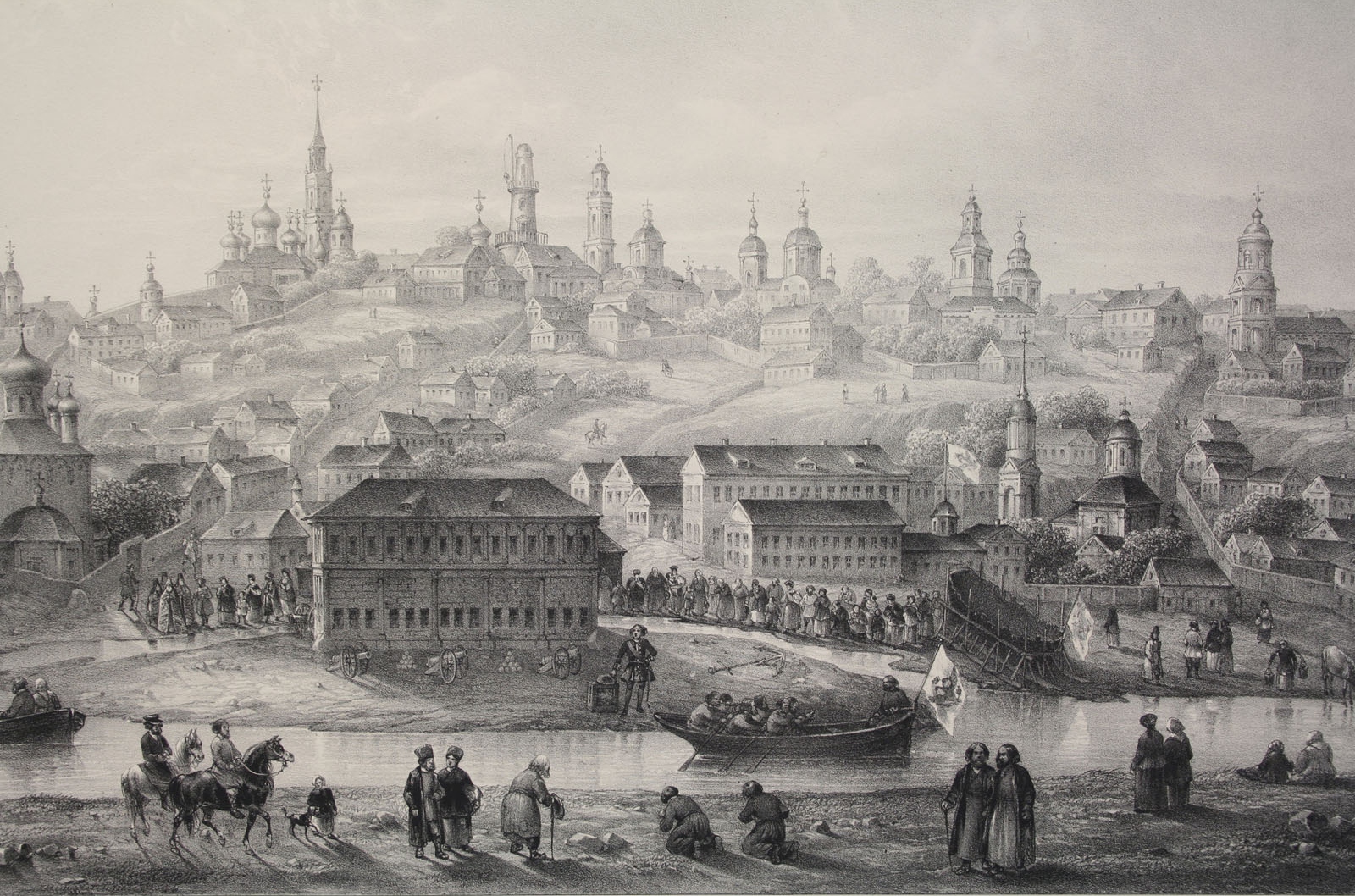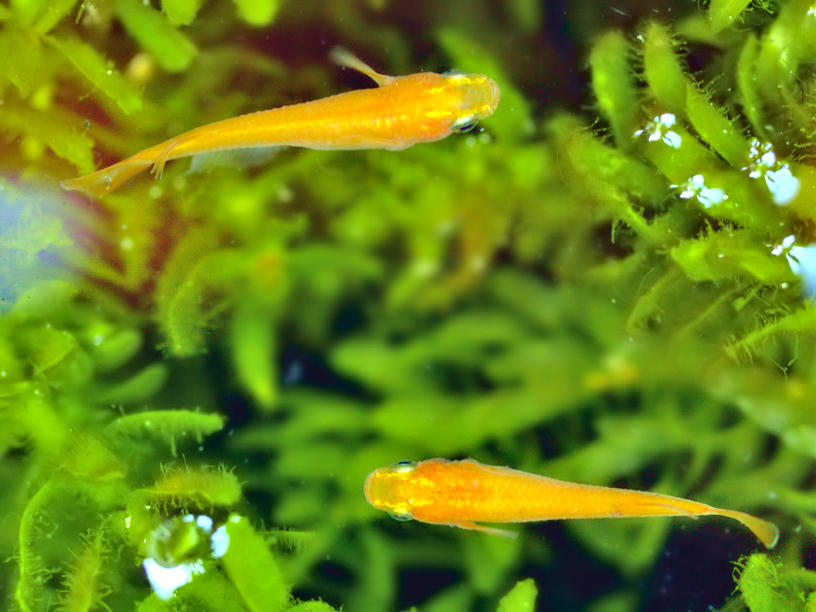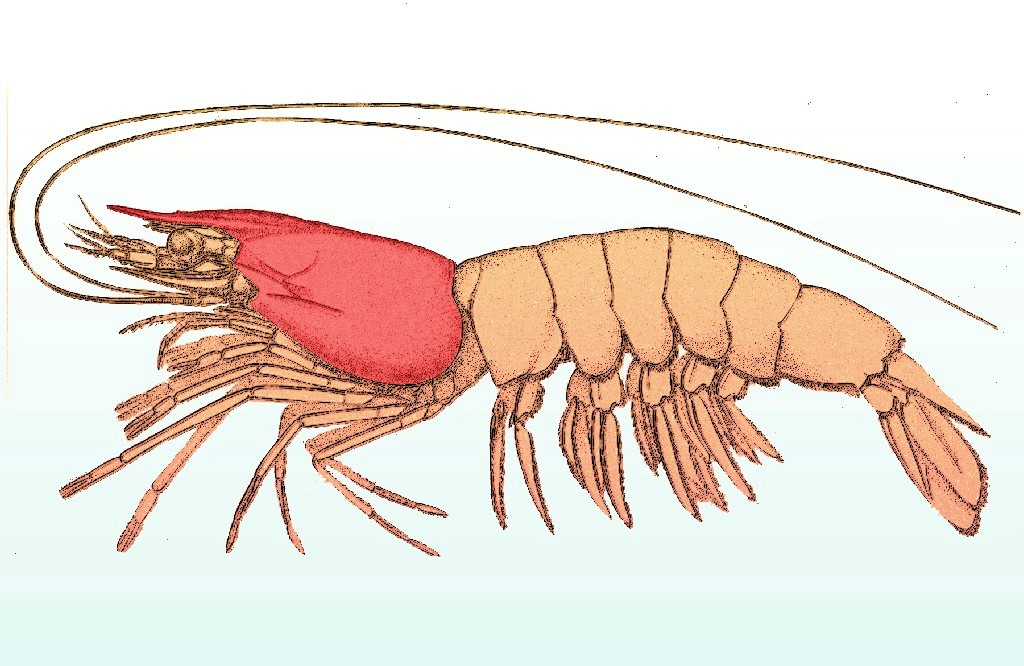|
Nadezhda (cockroach)
Nadezhda (, Hope) was a cockroach that was sent into space during the Foton-M 3 bio-satellite flight between September 14 and 26, 2007 by Russian scientists. Scientists monitoring the mission from Voronezh announced that Nadezhda had successfully produced 33 offspring on Earth. While it was reported that Nadezhda's offspring were the first earthlings to be conceived in microgravity, Japanese rice fish successfully conceived and produced offspring in microgravity as part of the IML-2 experiment aboard STS-65 in 1994. Nadezhda and the rest of the insects were traveling inside a sealed special container, and a video-camera was filming the whole process. What was considered unnatural for the newborn cockroaches was that their carapace had darkened in colour much earlier, in comparison with natural-condition cockroaches who develop that darker tone later in their life cycle. But the rest of the conditions and capacities of the cockroaches remained normal. Later it was reported that ... [...More Info...] [...Related Items...] OR: [Wikipedia] [Google] [Baidu] |
Cockroach
Cockroaches (or roaches) are insects belonging to the Order (biology), order Blattodea (Blattaria). About 30 cockroach species out of 4,600 are associated with human habitats. Some species are well-known Pest (organism), pests. Modern cockroaches are an ancient group that first appeared during the Late Jurassic, with their ancestors, known as "Roachoid, roachoids", likely originating during the Carboniferous period around 320 million years ago. Those early ancestors, however, lacked the internal ovipositors of modern roaches. Cockroaches are somewhat generalized insects lacking special adaptations (such as the sucking Insect mouthparts, mouthparts of aphids and other Hemiptera, true bugs); they have chewing mouthparts and are probably among the most primitive of living Neopteran insects. They are common and hardy insects capable of tolerating a wide range of Köppen climate classification, climates, from Arctic cold to Tropics, tropical heat. Tropical cockroaches are often muc ... [...More Info...] [...Related Items...] OR: [Wikipedia] [Google] [Baidu] |
Foton (satellite)
Foton (or Photon) is the project name of two series of Russian science satellite and reentry vehicle programs. Although uncrewed, the design was adapted from the crewed Vostok spacecraft capsule. The primary focus of the Foton project is materials science research, but some missions have also carried experiments for other fields of research including biology. The original Foton series included 12 launches from the Plesetsk Cosmodrome from 1985 to 1999. The second series, under the name Foton-M, incorporates many design improvements over the original Foton, and is still in use. So far, there have been four launch attempts of the Foton-M. The first was in 2002 from the Plesetsk Cosmodrome, which ended in failure due to a problem in the launch vehicle. The last three were from the Baikonur Cosmodrome, in 2005, 2007, and 2014; all were successful. Both the Foton and Foton-M series used Soyuz-U (11A511U and 11A511U2) rockets as launch vehicles. Starting with the Foton-7 mission, the ... [...More Info...] [...Related Items...] OR: [Wikipedia] [Google] [Baidu] |
Russia
Russia, or the Russian Federation, is a country spanning Eastern Europe and North Asia. It is the list of countries and dependencies by area, largest country in the world, and extends across Time in Russia, eleven time zones, sharing Borders of Russia, land borders with fourteen countries. Russia is the List of European countries by population, most populous country in Europe and the List of countries and dependencies by population, ninth-most populous country in the world. It is a Urbanization by sovereign state, highly urbanised country, with sixteen of its urban areas having more than 1 million inhabitants. Moscow, the List of metropolitan areas in Europe, most populous metropolitan area in Europe, is the capital and List of cities and towns in Russia by population, largest city of Russia, while Saint Petersburg is its second-largest city and Society and culture in Saint Petersburg, cultural centre. Human settlement on the territory of modern Russia dates back to the ... [...More Info...] [...Related Items...] OR: [Wikipedia] [Google] [Baidu] |
Voronezh
Voronezh ( ; , ) is a city and the administrative centre of Voronezh Oblast in southwestern Russia straddling the Voronezh River, located from where it flows into the Don River. The city sits on the Southeastern Railway, which connects western Russia with the Urals and Siberia, the Caucasus and Ukraine, and the M4 highway (Moscow–Voronezh– Rostov-on-Don– Novorossiysk). In recent years the city has experienced rapid population growth, rising in 2021 to 1,057,681, up from 889,680 recorded in the 2010 Census, making it the 14th-most populous city in the country. History Foundation and name The first chronicle references to the word "Voronezh" are dated 1177, when the Ryazan prince Yaropolk, having lost the battle, fled "to Voronozh" and there was moving "from town to town". Modern data of archeology and history interpret Voronezh as a geographical region, which included the Voronezh river (tributary of the Don) and a number of settlements. In the lower rea ... [...More Info...] [...Related Items...] OR: [Wikipedia] [Google] [Baidu] |
Weightlessness
Weightlessness is the complete or near-complete absence of the sensation of weight, i.e., zero apparent weight. It is also termed zero g-force, or zero-g (named after the g-force) or, incorrectly, zero gravity. Weight is a measurement of the force on an object at rest in a relatively strong gravitational field (such as on the surface of the Earth). These weight-sensations originate from contact with supporting floors, seats, beds, scales, and the like. A sensation of weight is also produced, even when the gravitational field is zero, when contact forces act upon and overcome a body's inertia by mechanical, non- gravitational forces- such as in a centrifuge, a rotating space station, or within an accelerating vehicle. When the gravitational field is non-uniform, a body in free fall experiences tidal forces and is not stress-free. Near a black hole, such tidal effects can be very strong, leading to ''spaghettification''. In the case of the Earth, the effects are minor, especiall ... [...More Info...] [...Related Items...] OR: [Wikipedia] [Google] [Baidu] |
Japanese Rice Fish
The Japanese rice fish (''Oryzias latipes''), also known as the medaka, is a member of genus ''Oryzias'' (ricefish), the only genus in the subfamily Oryziinae. This small (up to about ) native of Japan is a denizen of rice paddies, marshes, ponds, slow-moving streams and tide pools. It is euryhaline, occurring in both brackish and freshwater. It became popular as an aquarium fish because of its hardiness and pleasant coloration: its coloration varies from creamy-white to yellowish in the wild to white, creamy-yellow, or orange in aquarium-bred individuals. Bright yellow, red or green transgenic populations, similar to GloFish, have also been developed, but are banned from sale in the EU. The medaka has been a popular pet since the 17th century in Japan. After fertilization, the female carries her eggs attached anterior to the anal fin for a period before depositing them on plants or similar things. Ecology Medaka live in small ponds, shallow rivers, and rice fields. They can ... [...More Info...] [...Related Items...] OR: [Wikipedia] [Google] [Baidu] |
Carapace
A carapace is a dorsal (upper) section of the exoskeleton or shell in a number of animal groups, including arthropods, such as crustaceans and arachnids, as well as vertebrates, such as turtles and tortoises. In turtles and tortoises, the underside is called the plastron. In botany, a carapace refers to the hard outer cover of a seed which protects the inner embryo. Crustaceans In crustaceans, the carapace functions as a protective cover over the cephalothorax (i.e., the fused head and thorax, as distinct from the abdomen behind). Where it projects forward beyond the eyes, this projection is called a rostrum. The carapace is calcified to varying degrees in different crustaceans. Zooplankton within the phylum Crustacea also have a carapace. These include Cladocera, ostracods, and isopods, but isopods only have a developed "cephalic shield" carapace covering the head. Arachnids In arachnids, the carapace is formed by the fusion of prosomal tergites into a single pl ... [...More Info...] [...Related Items...] OR: [Wikipedia] [Google] [Baidu] |
Animals In Space
Animals in space originally served to test the survivability of spaceflight, before human spaceflights were attempted. Later, many species were flown to investigate various biological processes and the effects microgravity and space flight might have on them. Bioastronautics is an area of bioengineering research that spans the study and support of life in Outer space, space. To date, seven national space programs have flown non-human animals into space: the United States, Soviet Union, France, Argentina, China, Japan and Iran. A wide variety of non-human animals have been launched into space, including monkeys in space, monkeys and apes, Dogs in space, dogs, Félicette, cats, tortoises, mice, rats, rabbits, fish, frogs, spiders, insects, and quail eggs (which hatched on ''Mir'' in 1990). The US launched the first Earthlings into space, with Fruit flies in space, fruit flies surviving a 1947 flight, followed by primates in 1949. The Soviet space program launched Soviet space d ... [...More Info...] [...Related Items...] OR: [Wikipedia] [Google] [Baidu] |






